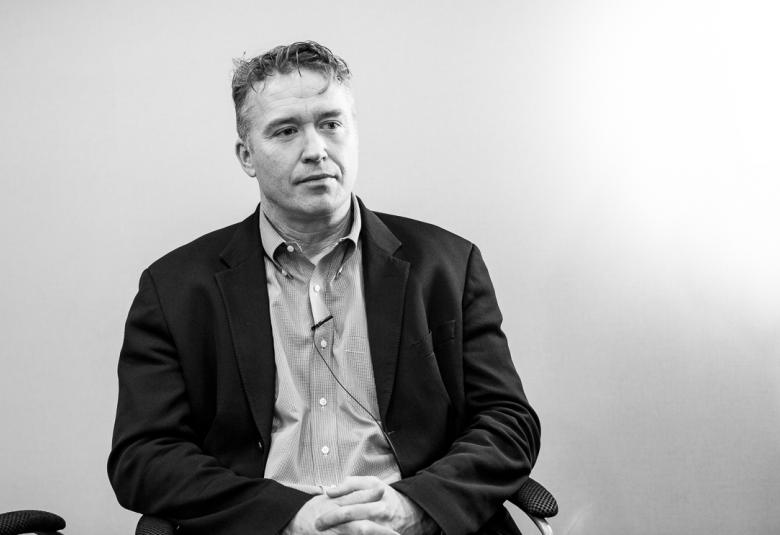How do you go about the process of diagnosis?
Our memory clinic has a standard approach: on the first visit we take a history and do a neurological exam, and we book an MRI and neuropsychological testing. This includes a spatial navigation test. We find this extended testing helps decide whether people with subjective memory complaints or mild cognitive impairment (MCI) are at high or low risk of having Alzheimer’s or other dementias. For those in the early stages or the prodromal phase, it increases our diagnostic confidence. At some point in the process, people are also sent questionnaires.
If there is uncertainty about the diagnosis we will order an amyloid PET or CSF. But that happens in only around 20% of cases.
How do you communicate the diagnosis to the patient and family?
Cautiously, and with empathy. If they want to know, we describe everything. If I feel that information would cause harm or that they don’t really want to know, I’m less explicit about the inevitable consequences.
Once you are confident of the diagnosis, what happens next?
We start drug therapy. If there are no side effects, patients stay on drug therapy for as long as we follow them, which often means until they go into a nursing home.
Treatments are well tolerated. In perhaps 25% of cases, the patient says they’ve improved as a result of treatment, or the caregiver says much the same thing. In about 25%, there is no response. And the remaining 50% are somewhere in the middle. My clinical impression is that treatment often buys patients two years or so of time.
Even if there is progression, we continue treatment – because we do not know if this is preventing an even steeper decline.
In patients who go into nursing homes, responsibility switches to local physicians. If they ask, we say that continuing medication is likely to be beneficial, but that it is their call.
And combination therapy?
The rationale is that drugs have different mechanisms of action and so are worth trying together. Recent guidelines suggest combination therapy in patients with behavioural symptoms.
What proportion of suitable patients is actually on treatment?
In every country, you treat only a proportion of those who might benefit. In the US, it is perhaps 40-50%; in much of Europe perhaps a third; in the Czech Republic around 25%. In our country of ten million, there are 120-150,000 people with dementia, and 80-90,000 with AD.
Some people who might benefit from treatment are seen by general practitioners but not referred to a specialist clinic. Some stay at home because they think their symptoms are a normal part of aging. The Czech Alzheimer’s Society has a contact site that offers free screening for the elderly and if there is suspicion or clear evidence of cognitive impairment they recommend the person contacts a specialist. This scheme is proving successful.
What are the biggest unmet needs?
Infrastructure and diagnostic procedures. Even if there was sufficient memory clinic capacity, and even if government and insurance companies provided sufficient funding, we lack skilled professionals. So it is a question of lack of experts, and also the availability of diagnostic procedures such as PET imaging. We need a national programme for AD and one is now under consideration.
* Professor Hort is director of the Memory Disorders Clinic, Second Faculty of Medicine, Charles University and Motol University Hospital, Prague, Czech Republic.
Our correspondent’s highlights from the symposium are meant as a fair representation of the scientific content presented. The views and opinions expressed on this page do not necessarily reflect those of Lundbeck.




